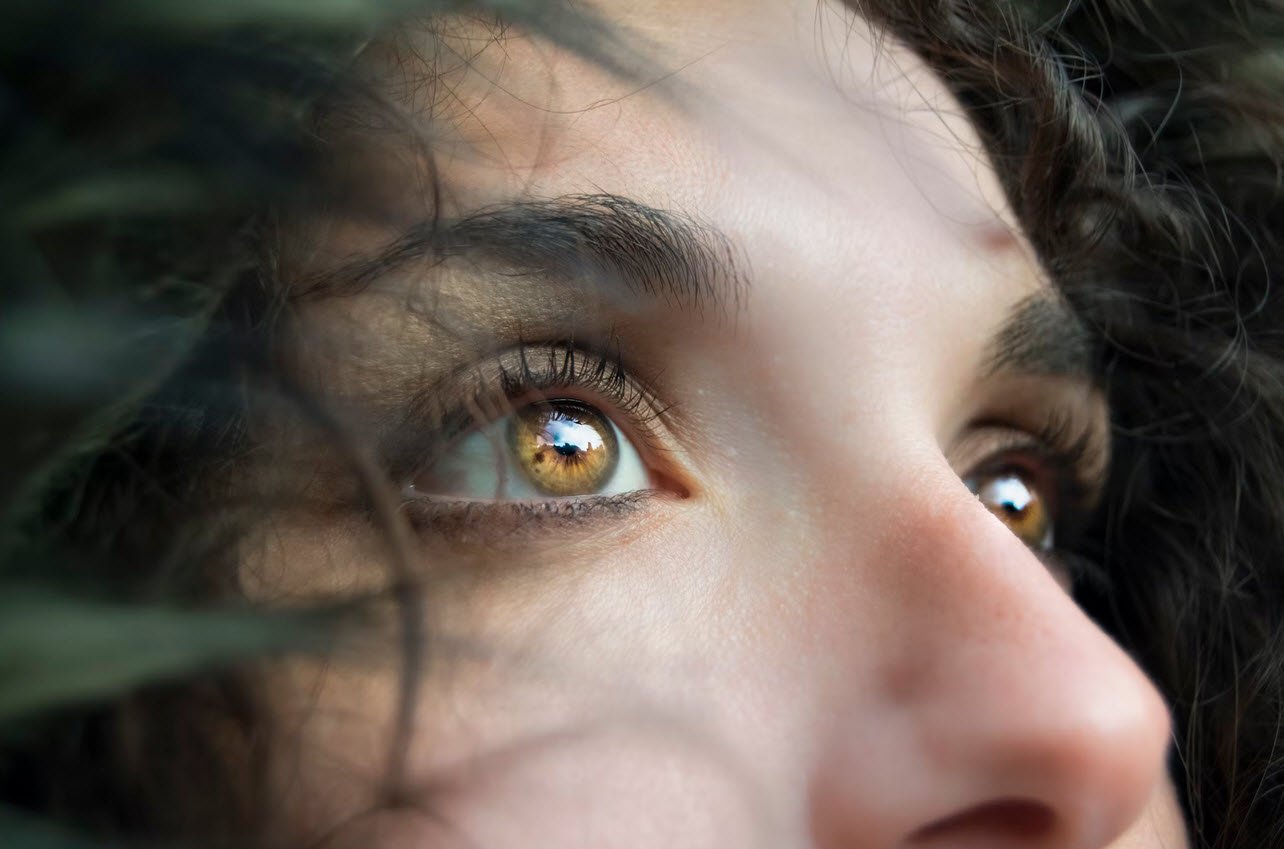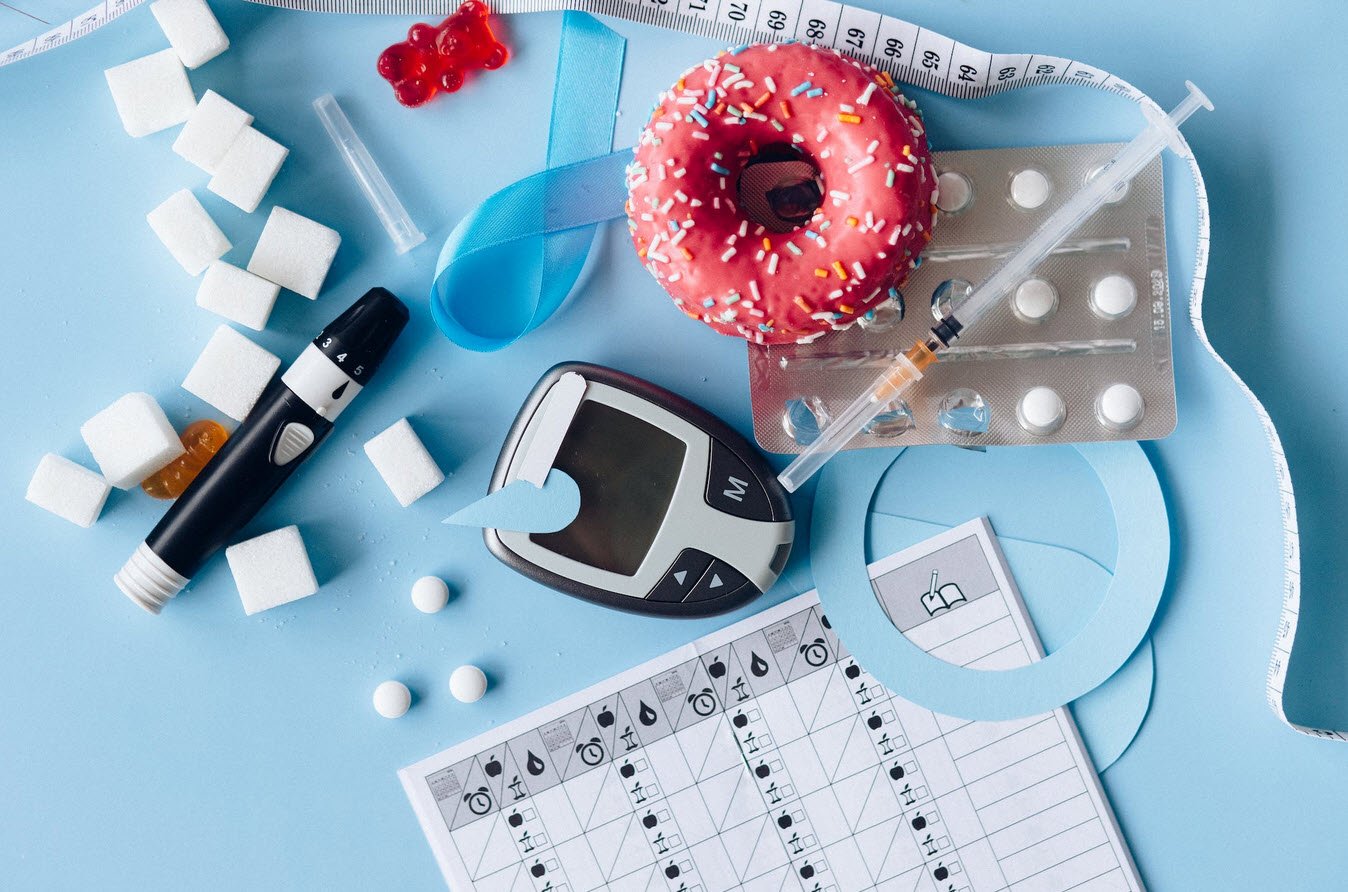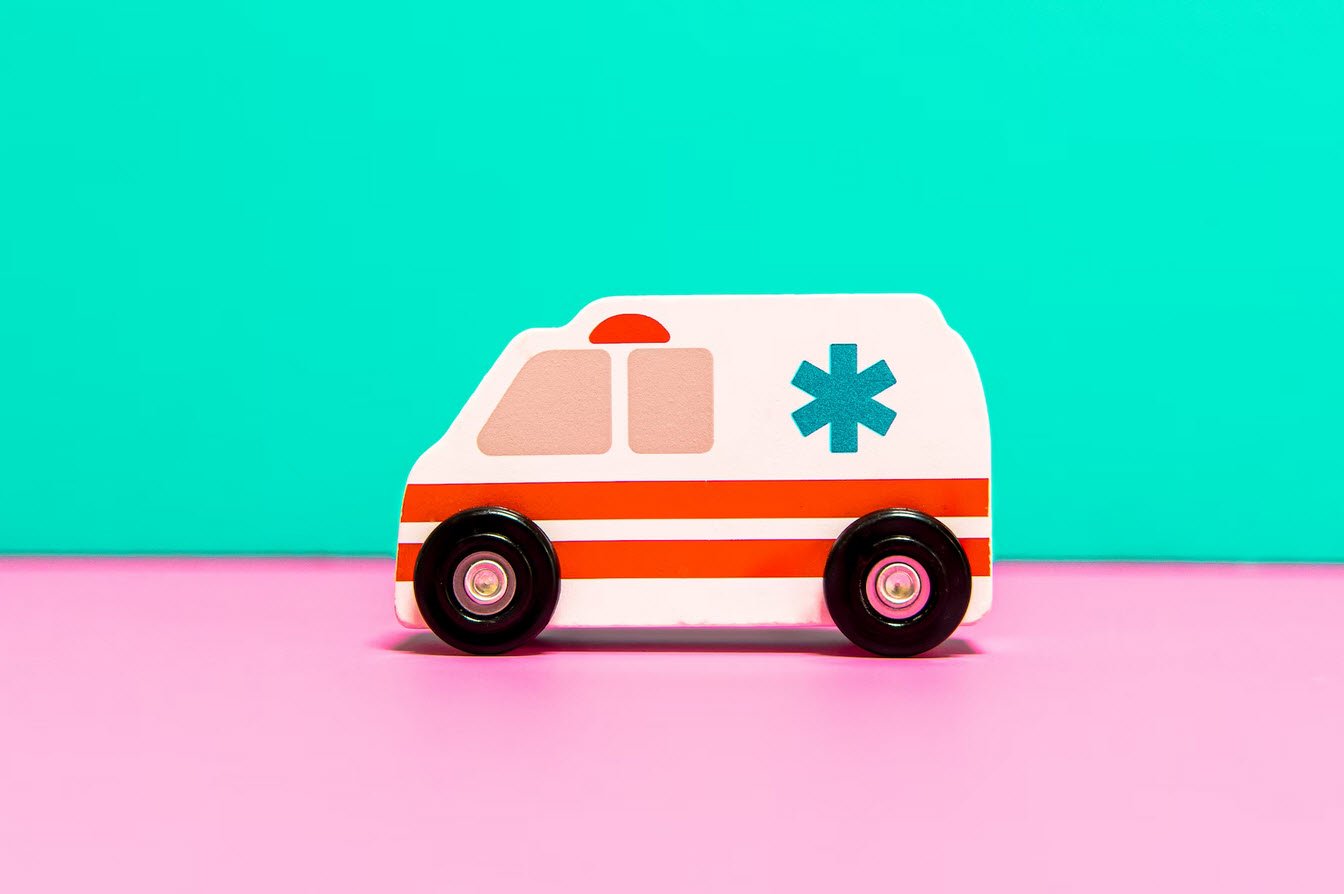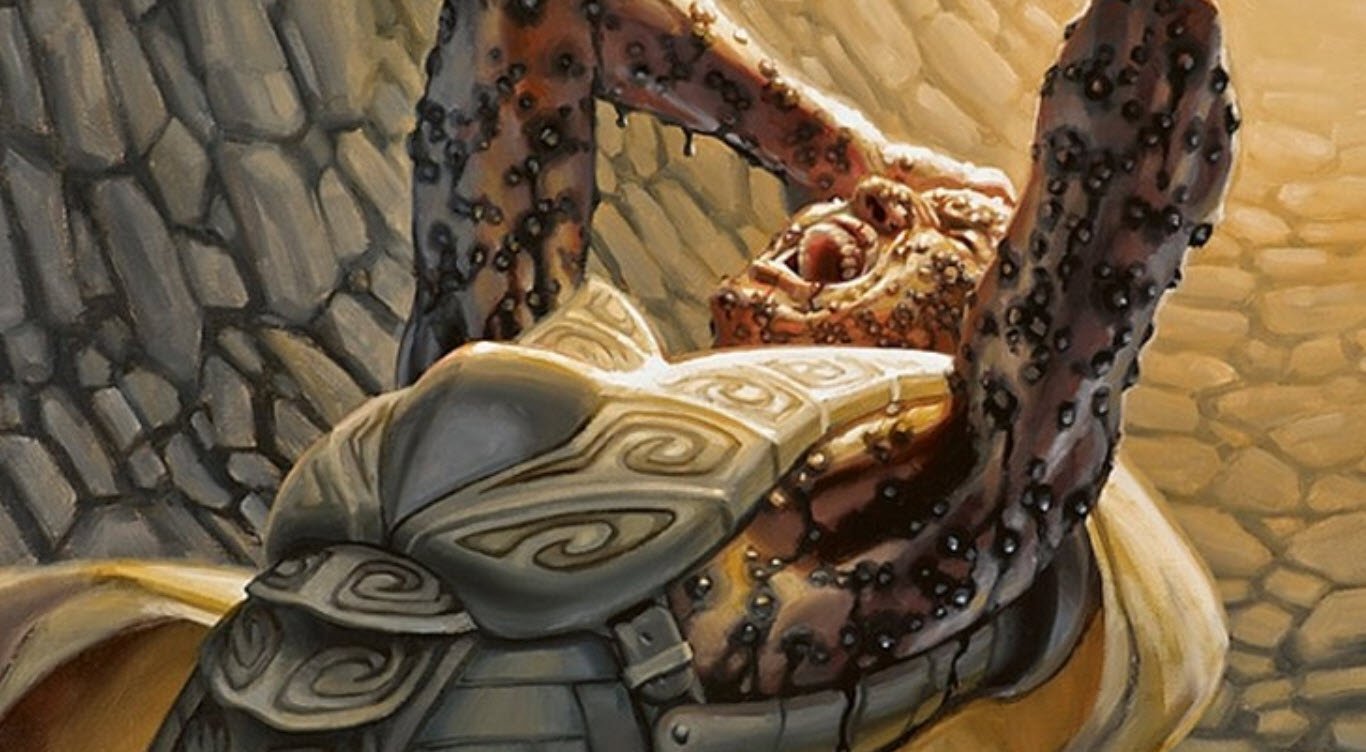
Headaches afflict almost everyone at some point or another. Most headaches are functional, caused by temporary upsets, and are not related to any organic changes in the brain. A headache is often nature’s warning that something is wrong somewhere in the body. The actual pain, however, arises from irritation of nerve endings in the shoulder, neck, and scalp muscles, as well as in the smooth muscles encircling the blood vessels that serve these areas.
There are numerous types of headaches and treatments for them. Taking aspirin or Tranquilizers may provide temporary relief, but they do not remove the cause. Moreover, the Frequent use of pain relievers causes nervous debility, weakens the heart, and brings on other complications.
The common causes of headaches are allergies, emotional reasons, eyestrain, high blood pressure, hangover, infection, low blood sugar, nutritional deficiency, tension, the presence of poisons and toxins in the body, and migraine. Allergies, an often unsuspected cause of
Individuals experience different types of headaches. The foods to which some people are allergic and which can trigger headaches are milk and milk products, chocolates, chicken liver, alcohol, and strong cheese. Sneezing and diarrhea are further indications of an allergy.
Intense emotions often cause headaches. Many people who outwardly appear to have A pleasant disposition may be simmering about a job or may bear resentment towards a person or something. This hidden hostility may manifest itself as a headache. It is important. Therefore, negative feelings should not be bottled up but should find some safe means of expression.
Eye strain is a common cause of headaches. In such cases, an eye specialist should be consulted, and proper treatment is taken. Simple eye exercises, such as moving the eyes up and down and side to side, palming, rotating the head, neck outstretched, forward and backward three times, then thrice clockwise and anti-clockwise, can relieve eye strain.
High blood pressure can cause pounding headaches. The headache usually starts at the back of the head when getting up in the morning. A safe method of treatment for this is to immerse your legs to calf level in a tub of hot water for 15 to 20 minutes. This draws the blood away from the head and down to the feet, giving relief from the headache.
Many people get severe headaches after consuming alcohol in excess. Alcohol causes the blood vessels to swell, resulting in a painful headache. The best treatment for this is to avoid excessive consumption of alcohol. A hangover headache can be avoided by taking a vitamin B-1 ( thiamine) tablet with the drink.
Headaches may occur if there is an infection, such as a cold, virus, or fever. Here, it is the infection that should be tackled. Vitamin C therapy is the best all-around method. High doses of vitamin C should be taken at hourly intervals when the first symptoms of a cold appear, such as a sore throat, runny nose, and so on. Vitamin C has worked miracles and is considered a natural antibiotic.
Low blood sugar is one of the causes of irritability and headaches. Sugar is not a cure for low blood sugar, though it may raise the blood sugar temporarily and make one feel better for a while. Low blood sugar is caused by an abused pancreas, which overstimulated the body’s insulin production. It can be controlled by eating smaller meals at short intervals rather than the standard three large meals daily. The intake of carbohydrates should be cut down to the minimum, and coffee should be eliminated as it over stimulates the pancreas.
A lack of iron, resulting in anemia, is a common cause of headaches. The headache sometimes appears before the onset of anemia caused by chronic iron deficiency. Brewer’s yeast is an excellent source of iron, and anemia can easily be prevented by taking a few teaspoons daily. Headache can also be brought on by the deficiency of B vitamins, namely pantothenic acid.
B-1 (thiamine), B-12, and B-6 ( pyridoxine) can be cured by taking these vitamins. When taking any of the B-vitamin factors separately, it is essential to add the entire Headaches and migraines B-complex range to one’s diet in some form, such as Brewer’s yeast, liver, wheat germ, etc.; otherwise, too much of one factor can throw the other factors into imbalance, resulting in other problems. The entire B complex group itself serves as protection against headaches, including migraine.
Tension headaches are probably the most common of all and are caused by emotional conflicts that result in stress. Stress causes the muscles of the shoulder, neck, and scalp to tense unconsciously. Persons who are irritable, tense, and lose their temper quickly usually get this type of headache. It increases gradually and passes off with the release of tension. One should try to relieve the stress that produces the headache.
Poisons and toxins are admitted into the body through food, beverages, and water, as well as Through breathing, polluted air can cause any number of disturbances. A headache may be the first warning that a poison has entered the body. Additives are found in foods and in many cases, Cosmetics, skin, and hair products are also serious offenders in bringing on headaches. In addition, there are toxic air contaminants, which are too numerous to mention.
Migraine Headache
Migraine is an ancient and formidable malady. It bothered such distinguished individuals as Caesar and Freud. It has assumed alarming proportions under modern living conditions and is now believed to afflict about 10 percent of the world’s population.
Migraine is a paroxysmal affection accompanied by severe headaches, generally on one side of the head, and associated with digestion disorders, the liver, and vision. It usually occurs when a person is under great mental tension or has suddenly gotten over that state. A migraine is also known as a “sick headache” because it causes nausea and vomiting occasionally. accompany the excruciating pain, which lasts for as long as three days. Migraine usually gives a warning before it strikes: black spots or a brilliant zig-zag line appears before the eyes or the patient has blurred vision or part of his vision blanked out. When the headache occurs, The patient may feel tingling, numbness, or weakness in an arm or leg.
Migraine sufferers have what is known as a “migrainous personality.” They are compulsive. workers and perfectionists, who feel that they have to do everything right away. When they When they finish a task, they go from a state of temporary tension to a state of relaxation. almost relief. The migraine follows. It is a purely physiological process.
The head and neck muscles, reacting to continuous stress, become overworked. The tightened muscles squeeze the arteries, reducing blood flow when a person relaxes suddenly, the constricted muscles expand, stretching the walls of the blood vessel. With every heartbeat, the blood being pushed through this vessel expands them further and causes incredible pain.
When a headache strikes, one should stay on one’s feet in the daytime and do simple chores. which do not require too much concentration, walking, moving around, and getting some fresh air. The best remedy to prevent headaches is to build up physical resistance through proper nutrition, exercise, and constructive thinking.
As a first step, the patient should fast for a short period. During the fast, citrus fruit juices, diluted with water, may be taken six times daily. By easing the load of digestion, the patient will at once save nervous energy that can be used for more important purposes. The blood and lymph will also be relieved of a great burden.
After a short fast, the diet should be fixed in such a way as to put the least possible strain on digestion.Breakfast should consist of fruits, both fresh and dried. Lunch should consist largely of protein. foods. Starchy foods such as whole wheat bread, cereals, rice, or potatoes should be taken at dinner along with raw salads. Spices, tomatoes, sour buttermilk, and oily foodstuffs should be avoided. Drinking a glass of warm water than winter and cool water in the summer mixed with a teaspoonful of honey, first thing in the morning is also a good remedy.
Water Treatment
Certain water applications help relieve headaches. copious amounts of water can help, as can a cleansing enema with 98.6 o F water temperature, a hot foot bath, a cold throat pack, frequent application of towels wrung out of very hot water to the back of the neck, a cold compress at 40° to 60° F applied to the head and face, or an alternate spinal manipulation compress. Hot fomentations over the abdominal region just before retiring relieve headaches. Due to stomach and liver upsets.
Yogic kriyas like jalneti and Munjal pranayamas like anuloma-viloma, shitali, and Sarkari and headache and migraine asanas such as uttanapadasana, Sarvangasana, paschimottanasana, halasana, and Shavasana are useful in the treatment of headaches.
You may also like:- 51 Ways to Reduce Allergies – A Comprehensive Guide
- Six Different Types of Anxiety Disorders You Need To Know
- Cataracts vs. Glaucoma – Unraveling the Differences in Two Common Eye Conditions
- Asthma – A Chronic Inflammatory Disorder
- Diabetes – Types, Causes, and Symptoms
- Exploring the Spectrum of Diseases – A Comprehensive Overview of Different Classes
- What is Oppositional Defiant Disorder (ODD)?
- Black Pox – Unraveling the History and Horror of Smallpox
- Top 6 Symptoms of Autism Spectrum Disorder (ASD)
- Understanding the Risk Factors for Obstructive Sleep Apnea (OSA)








